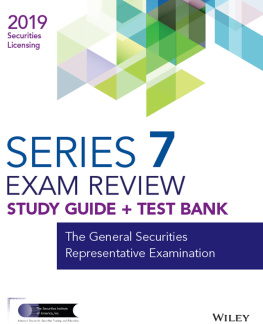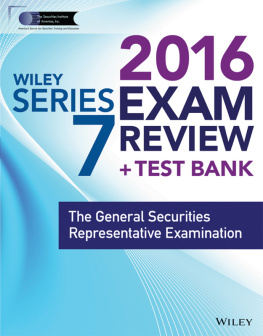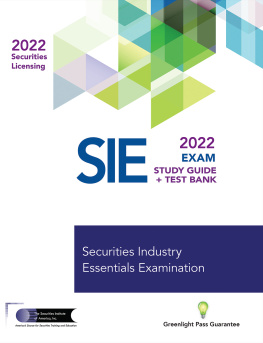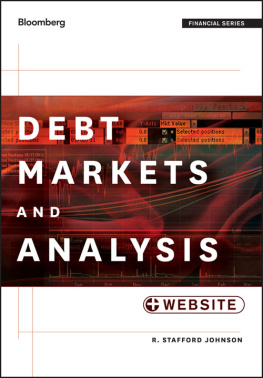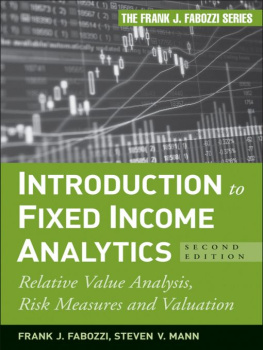Contents
Guide
Page List
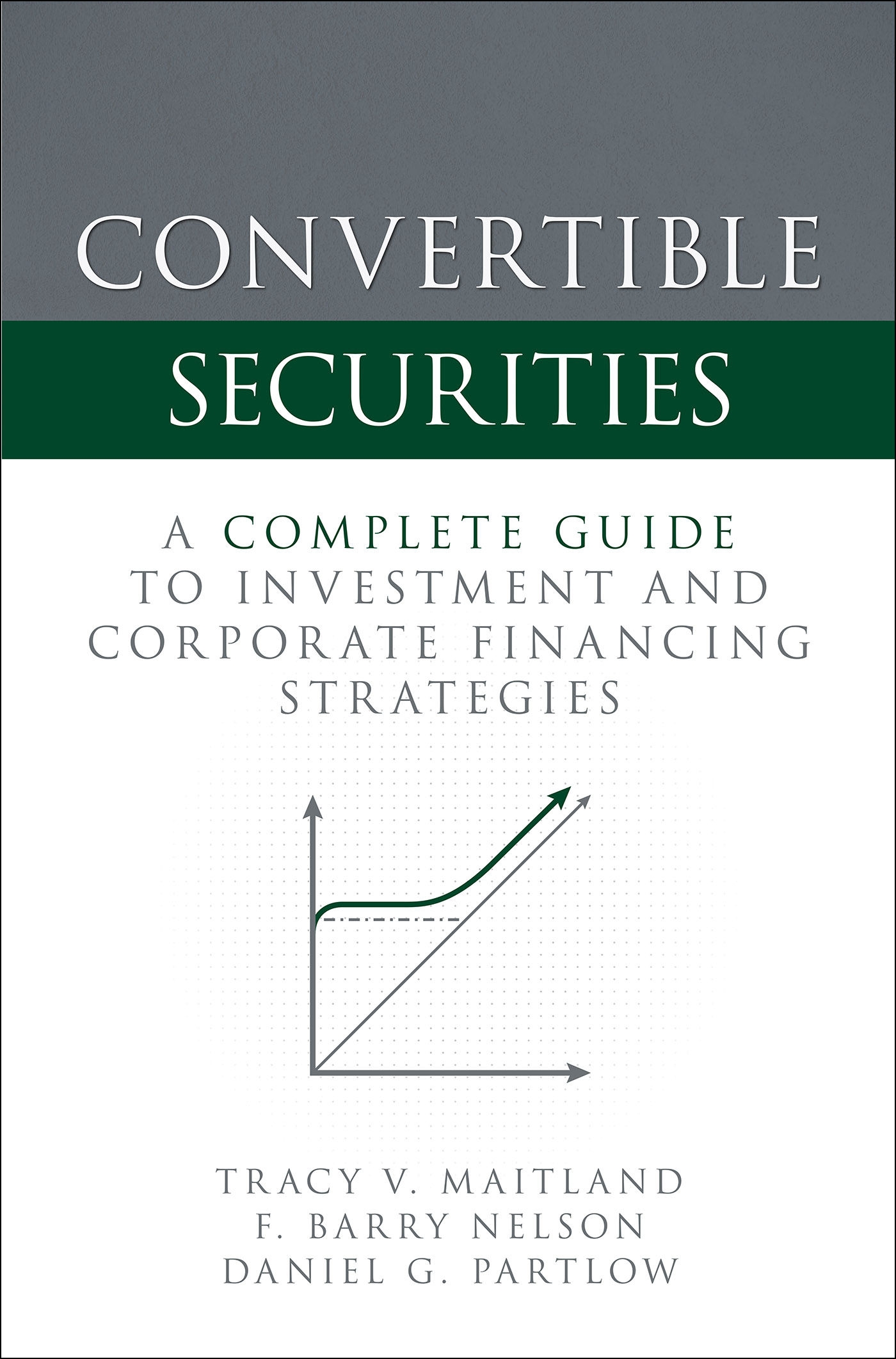

Copyright 2022 by Advent Capital Management, LLC. All rights reserved. Except as permitted under the United States Copyright Act of 1976, no part of this publication may be reproduced or distributed in any form or by any means, or stored in a database or retrieval system, without the prior written permission of the publisher.
ISBN: 978-1-26-046291-3
MHID: 1-26-046291-9
The material in this eBook also appears in the print version of this title: ISBN: 978-1-26-046290-6, MHID: 1-26-046290-0.
eBook conversion by codeMantra
Version 1.0
All trademarks are trademarks of their respective owners. Rather than put a trademark symbol after every occurrence of a trademarked name, we use names in an editorial fashion only, and to the benefit of the trademark owner, with no intention of infringement of the trademark. Where such designations appear in this book, they have been printed with initial caps.
McGraw-Hill Education eBooks are available at special quantity discounts to use as premiums and sales promotions or for use in corporate training programs. To contact a representative, please visit the Contact Us page at www.mhprofessional.com.
This publication is designed to provide accurate and authoritative information in regard to the subject matter covered. It is sold with the understanding that neither the author nor the publisher is engaged in rendering legal, accounting, securities trading, or other professional services. If legal advice or other expert assistance is required, the services of a competent professional person should be sought.
From a Declaration of Principles Jointly Adopted by a Committee of the
American Bar Association and a Committee of Publishers and Associations
TERMS OF USE
This is a copyrighted work and McGraw-Hill Education and its licensors reserve all rights in and to the work. Use of this work is subject to these terms. Except as permitted under the Copyright Act of 1976 and the right to store and retrieve one copy of the work, you may not decompile, disassemble, reverse engineer, reproduce, modify, create derivative works based upon, transmit, distribute, disseminate, sell, publish or sublicense the work or any part of it without McGraw-Hill Educations prior consent. You may use the work for your own noncommercial and personal use; any other use of the work is strictly prohibited. Your right to use the work may be terminated if you fail to comply with these terms.
THE WORK IS PROVIDED AS IS. McGRAW-HILL EDUCATION AND ITS LICENSORS MAKE NO GUARANTEES OR WARRANTIES AS TO THE ACCURACY, ADEQUACY OR COMPLETENESS OF OR RESULTS TO BE OBTAINED FROM USING THE WORK, INCLUDING ANY INFORMATION THAT CAN BE ACCESSED THROUGH THE WORK VIA HYPERLINK OR OTHERWISE, AND EXPRESSLY DISCLAIM ANY WARRANTY, EXPRESS OR IMPLIED, INCLUDING BUT NOT LIMITED TO IMPLIED WARRANTIES OF MERCHANTABILITY OR FITNESS FOR A PARTICULAR PURPOSE. McGraw-Hill Education and its licensors do not warrant or guarantee that the functions contained in the work will meet your requirements or that its operation will be uninterrupted or error free. Neither McGraw-Hill Education nor its licensors shall be liable to you or anyone else for any inaccuracy, error or omission, regardless of cause, in the work or for any damages resulting therefrom. McGraw-Hill Education has no responsibility for the content of any information accessed through the work. Under no circumstances shall McGraw-Hill Education and/or its licensors be liable for any indirect, incidental, special, punitive, consequential or similar damages that result from the use of or inability to use the work, even if any of them has been advised of the possibility of such damages. This limitation of liability shall apply to any claim or cause whatsoever whether such claim or cause arises in contract, tort or otherwise.
CONTENTS
FOREWORD
L uckily for me, my career as a money manager started off in convertibles. In 1978, when it was time for me to move on after roughly ten years in equity research at First National City Bank, my boss asked me what I wanted to do next. I responded that I was open to doing anything other than spend the rest of my life choosing between Merck and Lily. I firmly believe that some markets are quite efficient, meaning consensus views and thus security prices tend to instantaneously reflect the available information. This makes it hard for investors to regularly identify mispricings and profit from them. To me, the market for large-capitalization stocks was and is such a market, and few people are able to consistently add value there by choosing among those stocks.
In one of the many examples of the good luck from which Ive benefitted, my boss answered, Id like you to shift to the bond department and run a convertible securities fund. I did so, starting with the princely sum of $16 million (which seemed like a great deal of money at that time). I went from being director of research with a $5 million budget, 75 staff members and membership on the five most senior committees to working with no budget, no staff and no committee seats... and I was thrilled.
The convertibles market was an investing backwater: small and followed by few. Convertibles were and still are little known and little understood. Theyre hybrid securities with some of the characteristics of debt and some of equities, and for this reason they entail substantial complexity. Because of this hybrid nature, they dont fit easily into most institutional investors buckets asset allocation categories that have to be filled with securities meeting their definition; thus there are few natural buyers. And because issuing them requires companies to give up features of both debt and equity, they tended 40+ years ago to be issued as a last resort by companies in disrespected industries like conglomerates that had few alternatives.
Most people look at securities with these characteristics and see reasons not to get involved. But for me, the characteristics made convertibles highly attractive. How do investors make superior risk-adjusted big money? In general, by doing things others dont want to do. Companies and securities with obvious merit tend to be thoroughly understood, attractive to all, hotly pursued and thus fully priced. Thats not a great description for a place to look for bargains. Its often in areas that are affected by ignorance and prejudice that bargains can best be found, and for me that meant convertibles.
The investment world of 44 years ago was very different from that of today. There were no computerized data bases (and no personal computers through which to search them). There was no reporting of trading in convertibles. There was little performance data. Even the understanding of how to make money with less-than-commensurate risk was fragmentary and not widely possessed.
Warren Buffett talks about having been able to buy dollars for fifty cents. The convertibles market described above presented opportunities for me to do so (albeit not to his extent). There were securities no one knew about and few understood. Thus, there were opportunities to earn high returns without risk, and certainly without commensurate risk. The ability to make money without bearing risk is what we call a free lunch, and the efficient market hypothesis I studied in graduate school said such opportunities shouldnt exist. But in a little-known backwater like convertibles, they could and they did.


